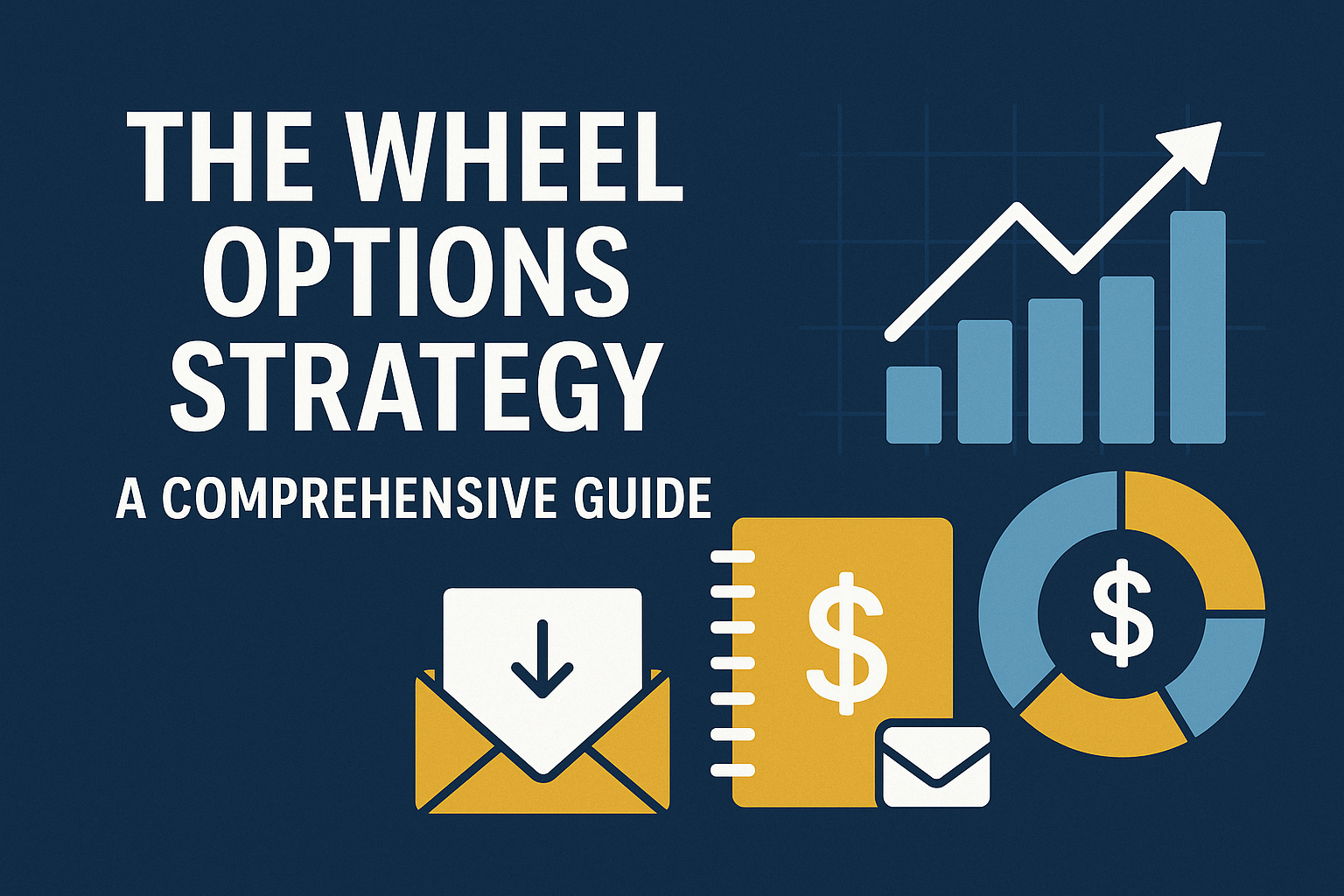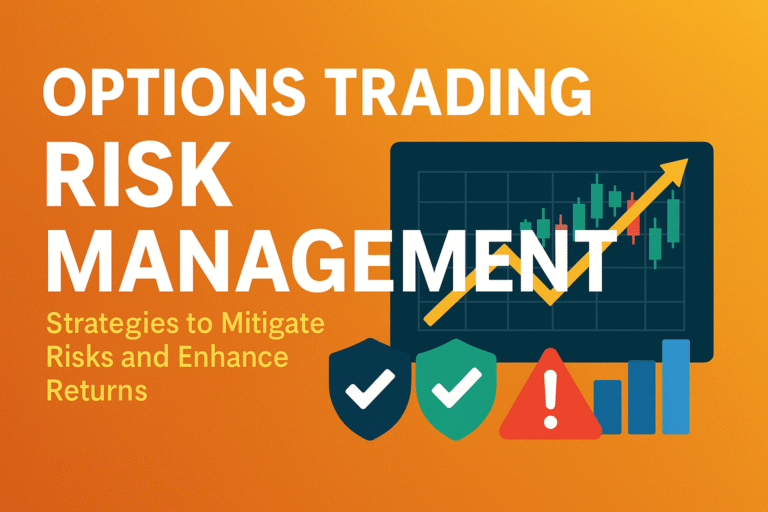How to Start Investing with Limited Time: A Beginner’s Guide for Busy Professionals

How to Start Investing with Limited Time: A Beginner’s Guide for Busy Professionals
Introduction
How to start investing with limited time can be a challenge for many. Yet investing is crucial for financial growth and long-term stability. Whether you’re looking to build a nest egg for retirement or achieve financial independence, investing is a critical step. However, many busy professionals struggle to find the time needed to pursue and manage investments effectively. They often find the process daunting due to time constraints, making the journey to financial security feel farther away.
This guide’s purpose is to simplify the investment process for those with limited time. Even if you’re a busy professional, investing doesn’t have to be overwhelming or unachievable. It’s about taking manageable steps that fit into your hectic schedule and ensuring your financial growth stays on track. Let’s dive into the basics of investment tailored specifically for busy individuals.
Understanding Investment Basics for Working Adults
Explain Key Investment Concepts
- Stocks: Stocks represent partial ownership in a company. They hold the potential for high returns but come with higher risks. When you buy a share, you get a piece of the company’s profits or losses. More about this can be found at Investopedia.
- Bonds: Bonds are essentially loans you give to organizations in exchange for fixed interest returns. They tend to be lower risk but offer lower returns than stocks. More information is available from NerdWallet.
- Mutual Funds and ETFs: These are diversified portfolios composed of various assets, making them beginner-friendly. Both allow investors to put their money into a pooled investment fund that includes stocks, bonds, or other assets.
- Index Funds: Index funds track a specific market index, like the S&P 500. They offer low fees and manageable risks due to their diversified nature. For more details, visit Investopedia.
Understanding these investment basics allows working adults to make informed decisions tailored to their financial objectives.
Discuss Key Investment Principles
- Diversification: This principle involves spreading your investments across different asset types to manage risk. Diversification helps protect your portfolio from significant losses if one investment underperforms. Find more insights at Investopedia.
- Risk Management: Aligning your investments with your personal risk tolerance and investment time horizon is essential. This ensures that you are not overly exposed to volatile markets. Understand risk management better by visiting this post here.
Knowing these principles equips you to invest with confidence, even with a busy schedule.
Beginner Investing Guide for Busy Professionals
Acknowledge Unique Challenges
Busy professionals face unique challenges due to limited time to manage investments. Despite these constraints, starting early is crucial. Time in the market is a key factor for growth because of compounding returns. Even if it’s just a few dollars, beginning small can make a significant impact over time. Explore detailed resources at Vanguard, NerdWallet, and Savvy Investing Hub.
Setting Realistic Financial Goals
Setting realistic financial goals is vital. You should define specific objectives such as retirement savings or purchasing a house and establish timelines for these goals. Structuring your investment strategy around these timelines helps maintain focus and manage expectations. More advice is available at SidePocket and Fidelity.
Leveraging Technology
Technology can simplify the investment process significantly. Tools like robo-advisors and investment apps require minimal daily involvement but keep your investments on track. They’re great for automating the process, leaving you with more time to focus on other things. Learn more at Savvy Investing Hub.
Step by Step Investing for Busy People
Step 1: Assess Your Financial Situation
Begin by thoroughly evaluating your financial situation. Calculate your income, expenses, and existing savings. This assessment will help determine a comfortable monthly investment amount that won’t cause financial stress—see guides by Fidelity and Merrill Edge.
Step 2: Define Your Investment Goals
Define clear investment goals, differentiating between short-term (1-3 years) and long-term (10+ years) objectives. Clear and attainable goals facilitate a disciplined approach to investing, burgeoning new opportunities as your circumstances improve. Comprehensive insights are available at Investopedia and NerdWallet.
Step 3: Choose the Right Investment Platform
- Robo-Advisors: Ideal for hands-off investors, they automate portfolio management to save you time and effort. Look into detailed reviews at NerdWallet and Fidelity.
- Online Brokers: They offer flexibility for direct investment selection and control over your portfolio. Explore thorough evaluations at Investopedia and Investopedia’s basics article.
- Financial Advisors: While potentially more costly, financial advisors offer personalized advice suited to your investment goals.
Step 4: Automate Your Investments
Automating your investments ensures consistent contributions without requiring extra time. Set up regular transfers to your investment account to simplify this step—insightful resources are available at NerdWallet.
Step 5: Monitor and Adjust Your Portfolio
Conduct regular reviews of your investment portfolio, either quarterly or annually, making minor adjustments as needed. Keeping track of your financial progress will allow you to optimize your strategy over time, maximizing returns with minimal time investment. Explore methodology at Investopedia and Merrill Edge.
Time-Saving Investment Strategies
Utilize Technology and Investment Apps
Apps like Acorns and Stash are invaluable for simplifying the investment process, featuring round-ups and guided portfolio management—tools explained at NerdWallet, Savvy Investing Hub, and I Will Teach You To Be Rich.
Opt for Passive Investment Strategies
Passive investments using low-cost index funds and ETFs require minimal management, making them ideal for busy professionals seeking to optimize their time. These strategies minimize active involvement but ensure consistent growth—find more details at NerdWallet and Investopedia.
Leverage Employer-Sponsored Retirement Plans
Maximize your wealth-building potential by taking full advantage of employer-sponsored retirement plans like 401(k)s, especially where company matching is offered. This tax-advantaged type of investing requires little time commitment but grows wealth efficiently over time—check resources at NerdWallet and Voya Financial.
Overcoming Common Challenges
Managing Time Constraints
Using a blend of automation and passive investment strategies greatly mitigates time constraints, enabling you to balance your financial ambitions with your daily obligations.
Staying Informed Without Overload
Leverage beginner-friendly resources to stay educated without being overwhelmed. Investopedia provides concise and informative content. More resources like these can be found at SidePocket and Investopedia.
Maintaining Discipline and Consistency
Automated contributions and reminder-based technology applications are great for maintaining discipline, ensuring consistency across your investment efforts—strategies discussed at NerdWallet and Merrill Edge.
Tips for Maintaining Consistency with Limited Time
- Schedule Regular, Brief Reviews: Allot time monthly or quarterly to review and assess investment performance.
- Delegate Investment Management: Consider using robo-advisors or even hiring a financial advisor if personal management becomes overwhelming.
- Educate Yourself Efficiently: Use bite-sized content accessible during commutes or breaks, increasing knowledge without consuming too much time—draw from Investopedia’s content and Investopedia’s further resources.
Conclusion
Starting to invest doesn’t have to be overwhelming, even with limited time. By taking small, manageable steps and using available technology to streamline the process, investing becomes not only feasible but beneficial for your financial future. Even with a hectic schedule, investing is still a viable and potentially rewarding strategy. It’s important to focus on taking those first steps now—your future self will undoubtedly appreciate it.
Additional Resources
Investment Tools and Platforms
- Vanguard: Offers robust platforms ideal for beginners.
- Fidelity: Provides comprehensive tools and guidance for new investors.
- Charles Schwab: Known for their excellent customer service and investor resources.
Educational Guides
- NerdWallet: Offers detailed insights and beginner-friendly guides.
- Investopedia: Extensive educational content covering various investing topics.
Apps for Busy Investors
- Acorns: Automates investing by rounding up purchases to invest small amounts.
- Stash: Simplifies investments with guided portfolio options.
Don’t let the constraints of time prevent you from securing your financial future. Make use of reliable resources to further your investment knowledge and capacity to act efficiently. Explore apps and platforms tailored to your needs, making investing a seamless part of everyday life.








3 Comments
Comments are closed.